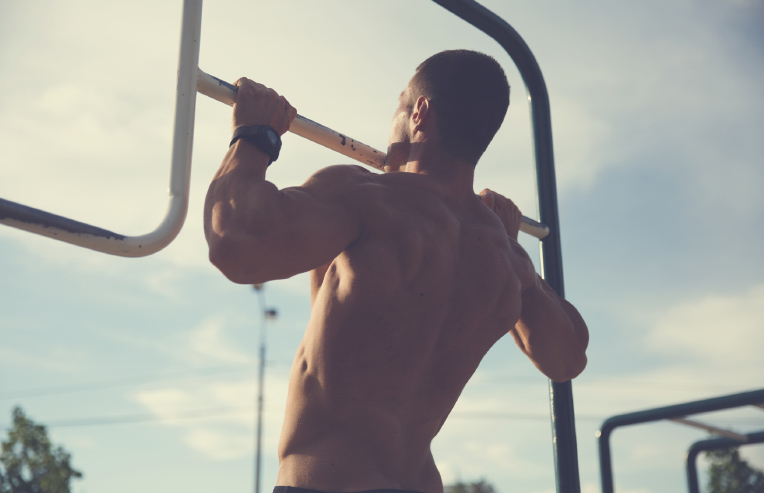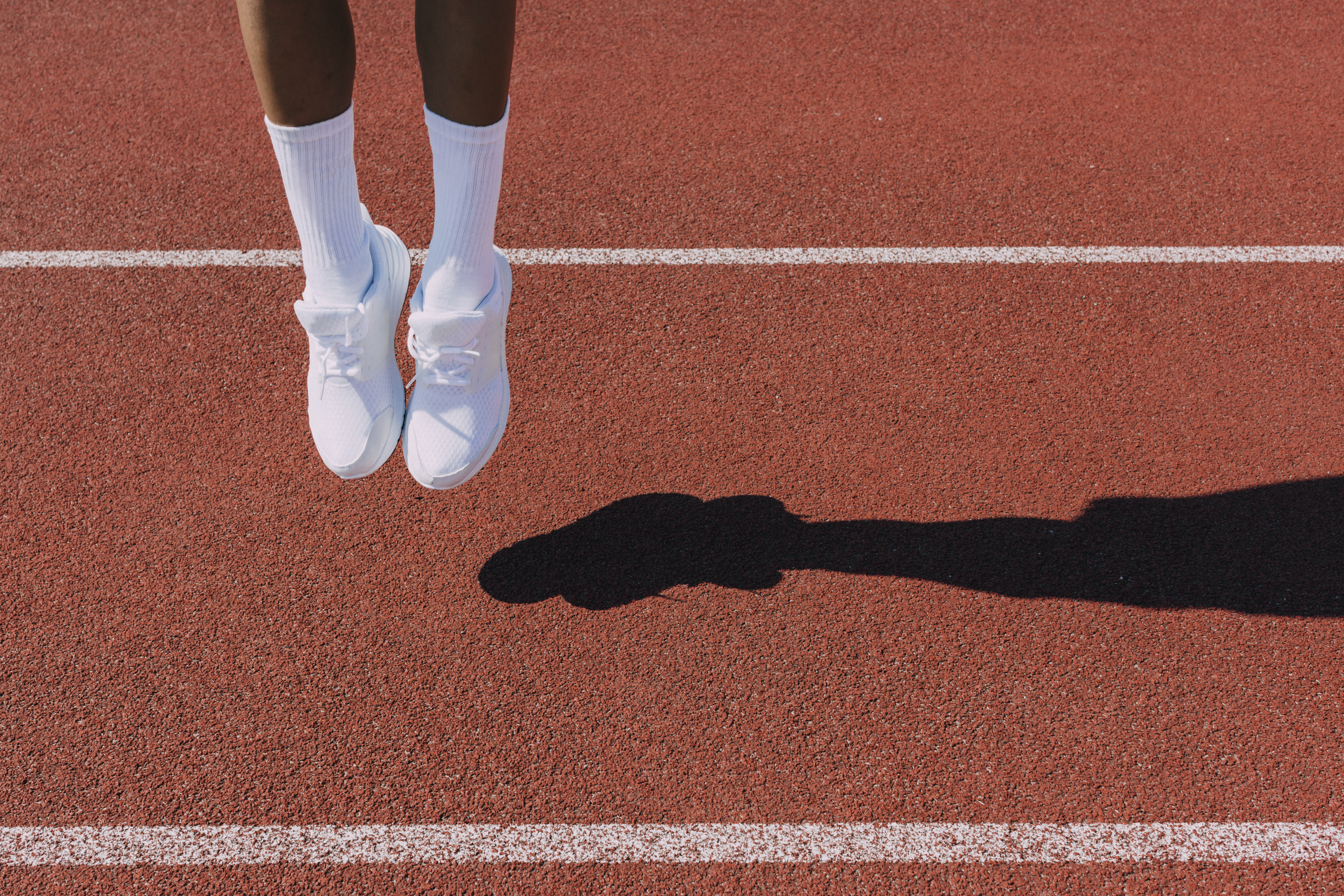Athletes spend a lot of their training time pressing and jerking weights. All of this involves pushing the implement away from the body. This is important because a lot of sporting movements involve extension of the arm. For example, throwing a baseball, shooting a free throw, hitting a softball, etc.
There is another side to this. All that pressing has the potential for creating a strength imbalance at the shoulder because one motion is being focused on. This means that there is a need for rowing or pulling movements to help balance out the pressing. For me, one of the most important is the pull-up exercise.
The pull up exercise is a functional upper body exercise. It works the muscles of the shoulder, biceps, and lats. It also requires the athlete to develop the strength to be able to move their body weight. In addition, it’s an exercise that you can eventually work up to a lot of weight on.
However, it’s an exercise that requires skill and a baseline level of strength to even perform one repetition of. A lot of people approach pull-ups in a way that ensures that they are never any good at them. This post is going to cover how to master the pull-up exercise. We’ll start out by covering what is necessary, talk about what to avoid doing, and then show a ample program.
What Do You Need To Do The Pull-Up?
The pull-up requires a unique combination of technique, strength, and muscular development:
- Technique: The only way to work on the techniques of the pull-up is to practice the pull-up exercise. Pull downs do not teach this skill. Now, if you cannot perform even one pull-up then it means focusing on eccentric pull-ups (i.e. taking as long as possible to lower yourself all the way down).
- Strength: The pulling/rowing muscles of the upper body have to be strong for pull-ups. This means bent over rows, dumbbell rows, kettlebell rows, and even pull downs.
- Muscular development: A certain amount of upper body hypertrophy is going to be important for the pull-up. This means rows, rear deltoid work, upright rows, and curls.
- Eccentric movements: Eccentric pull-ups are key to improving the ability to do pull-ups. They teach the movement, they strengthen the muscles in the range of motion used in the pull-up, and they get you comfortable with the exercise.
What Not To Do?
There are two important things to avoid with developing pull-ups:
- Avoid crutches: There is an assisted pull-up piece of selectorized equipment. Most equipment dealers make a variation. The idea is that increasing the weight on the equipment increases the assistance you receive on the exercise (so the heavier you go, the easier it is to do). In theory it could teach the exercise and allow you to gradually become stronger at it, until you need no assistance. The problem is that in twenty-plus years of doing this, I’ve never seen someone progress from that equipment to doing unassisted pull-ups. I’m including performing them with bands in this category too btw. I find that these tools develop crutches and it becomes difficult to move from them to an unassisted pull-up.
- Avoid relying on pull downs: Pull downs do not train you to be better at pull-ups. They might be useful to strengthen the muscles or develop hypertrophy, but being able to perform ten reps with bodyweight on the pull-down doesn’t mean you can do ten pull-ups, they are different exercises and skills. Pull downs will not get you there…
Sample Program
So, above are the pieces. Below is a sample program for improving the pull-up. The idea being that twice a week we focus on this skill.
| Day One | Day Two |
| Pull-ups: 3xmax + 3 eccentric each set
Bent-over rows: 3×8-12 One-arm dumbbell rows: 3×8-12 each arm Upright rows: 3×12-15 Barbell curls: 3×12-15 |
Pull-ups: 3xmax + 3 eccentric each set
Kettlebell rows: 3×8-12 each arm Lat pull-downs: 3×8-12 Rear deltoid raises: 3×12-15 Dumbbell curls: 3×12-15 |
The idea behind the program is to begin with pull-ups and to perform as many reps as possible, even if it is zero. After that, perform three reps that involve taking as long as possible to lower oneself all the way down. This builds endurance, teaches the exercise, and increases strength in the exercise’s movement patterns.



